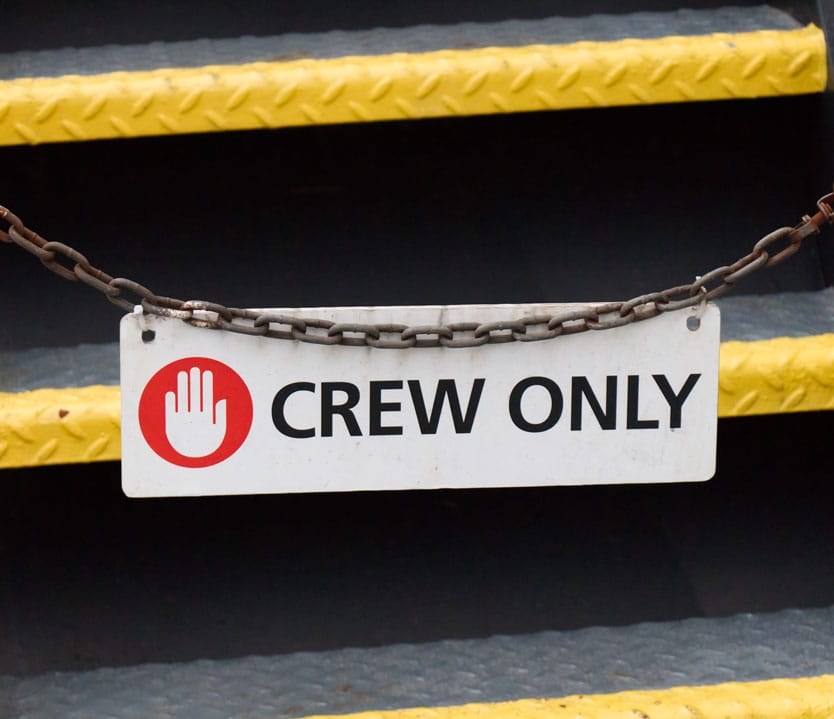Why invest in spin when you could invest in service?

BC Ferries moves 22 million passengers and 9 million vehicles a year, operates 37 vessels across 25 routes and employs more than 4,500 people across the province. On paper, that size might justify a substantial management team. But the scale and growth of BC Ferries’ corporate structure raise questions.
Since 2022, the company has added nine new directors and two superintendents. That brings the total number of shore-based managers, directors and superintendents to more than 430. That’s about one manager for every ten employees, and it doesn’t include senior vessel-based roles like captains and chief engineers.
Some departments are especially bloated. There are 27 managers in IT projects, 23 in terminal construction, and 6 directors and 11 managers in marketing. Keep in mind that BC Ferries is a monopoly operator funded with public dollars, so this kind of growth isn’t about staying competitive or improving service.
It’s not just how many managers BC Ferries has. It’s where the growth is happening and what’s being neglected in the process. While advisory committees are eliminated and workers are continually pressed to cut costs, the executive footprint keeps expanding.
Despite being funded by public dollars, BC Ferries is structured as a private company. That means it doesn’t follow the same public-sector rules on oversight and accountability. Growth like this happens with little transparency and even less public input.
If you’re a ferry-dependent community or frontline worker, you don’t need more messaging. You need decisions that reflect reality on the ground.

